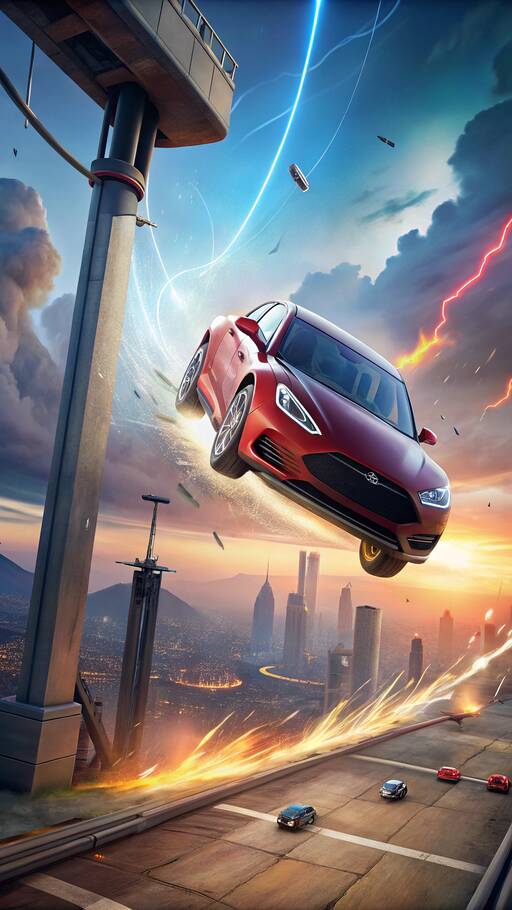
NHTSA has identified several incidents where the system's delayed response to user commands led to crashes. The auto vision system, which relies solely on cameras, contrasts with other manufacturers that employ radar and lidar technologies.
- Actually Smart Summon: Formerly known as Smart Summon, this feature enables a Tesla car to move from a parked position to the user with the press of a button in the app. The car halts when the button is released.
- System Change: Tesla shifted from using radar and ultrasonic sensors to a camera-only approach in this and other advanced driver-assist systems (ADAS).
- Crash Incidents: NHTSA's Office of Defects Investigation (ODI) has identified multiple crashes where the feature failed to detect obstacles, citing limited reaction times for users.
- Data Transparency: Tesla has not reported any such crashes, even though required, sparking further scrutiny by NHTSA.
- User Experience: Increased latency in the app's feed impairs reaction, leading to potential accidents.
NHTSA's examination will delve into various aspects of the Actually Smart Summon, including its speed limits and line-of-sight needs. This raises concerns about Tesla's camera-dependent navigation systems, particularly for products like Autopilot and Full Self-Driving (FSD).
NHTSA's inquiry into Tesla's Actually Smart Summon feature is fueled by concerns over the vehicle's responsiveness and safety using camera-only sensors. With multiple incidents reported, the investigation underscores the need to reassess sensor technology choices for enhanced safety in Tesla’s ADAS offerings.